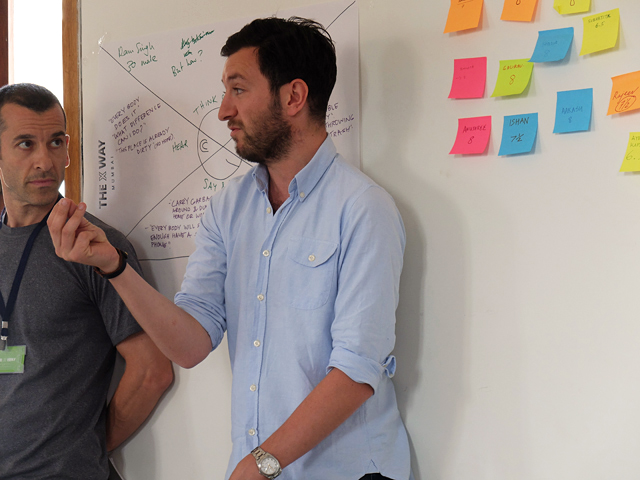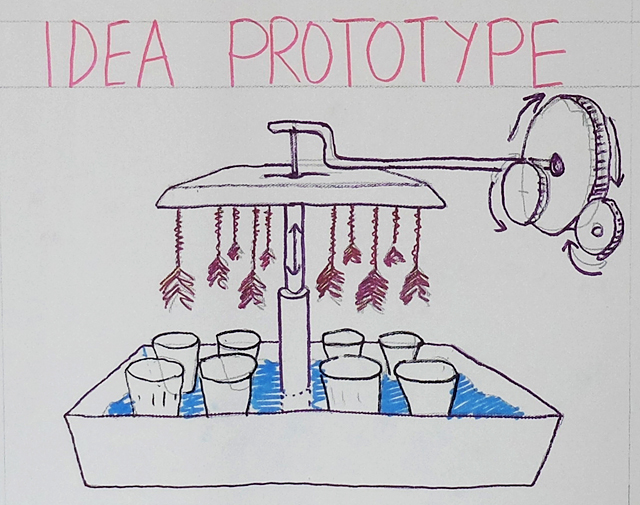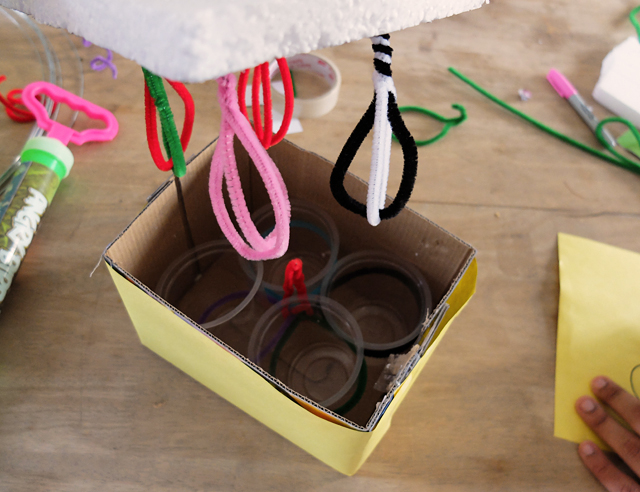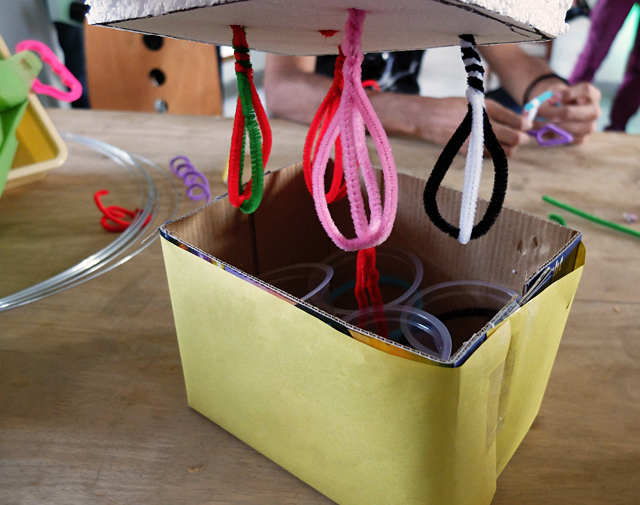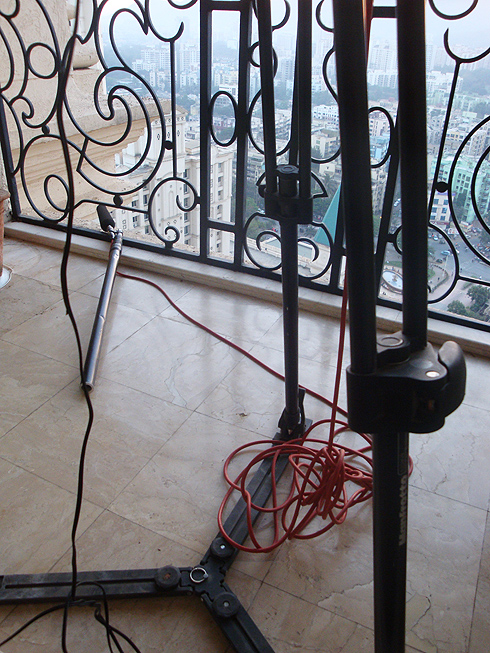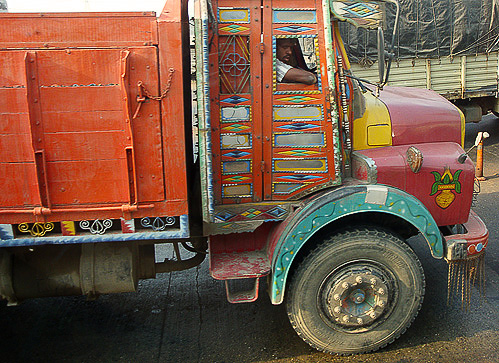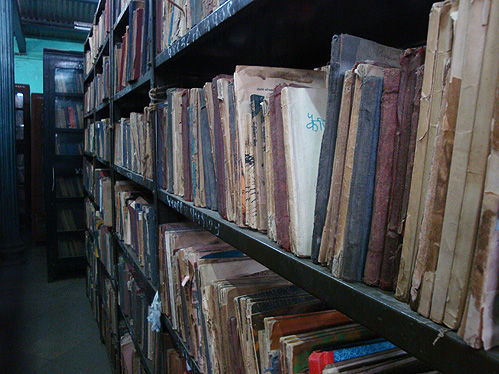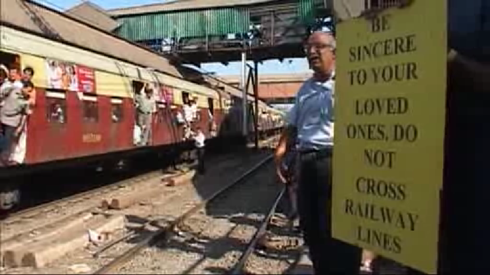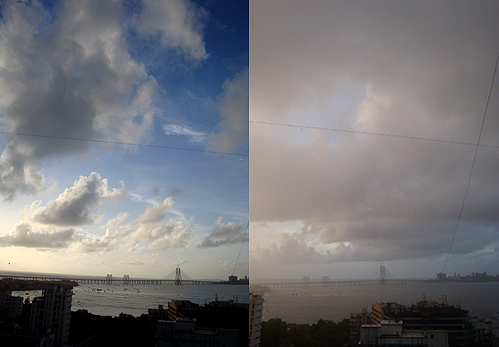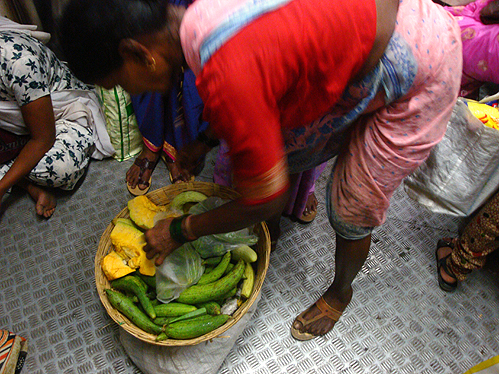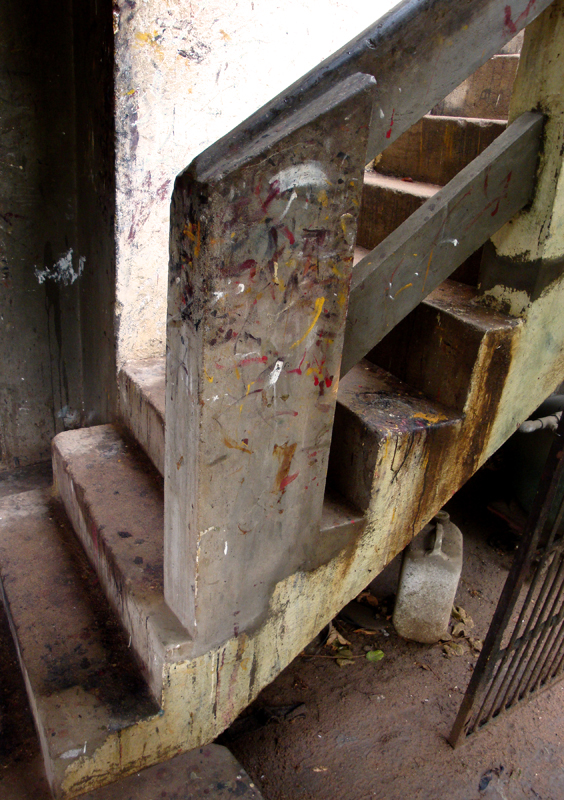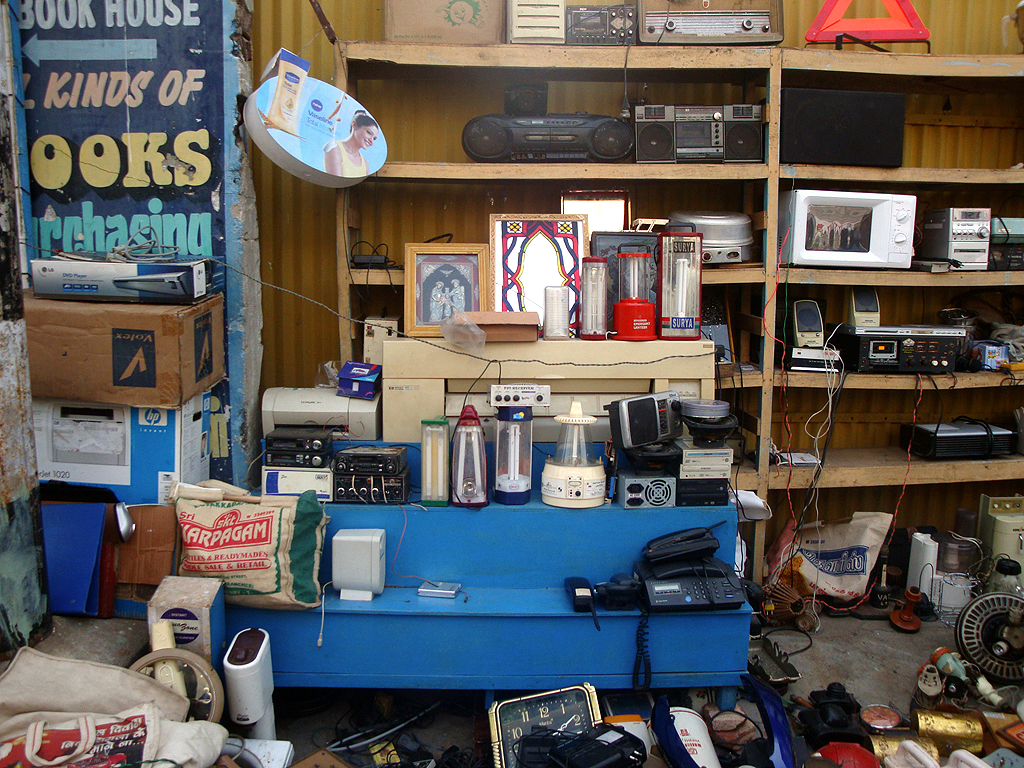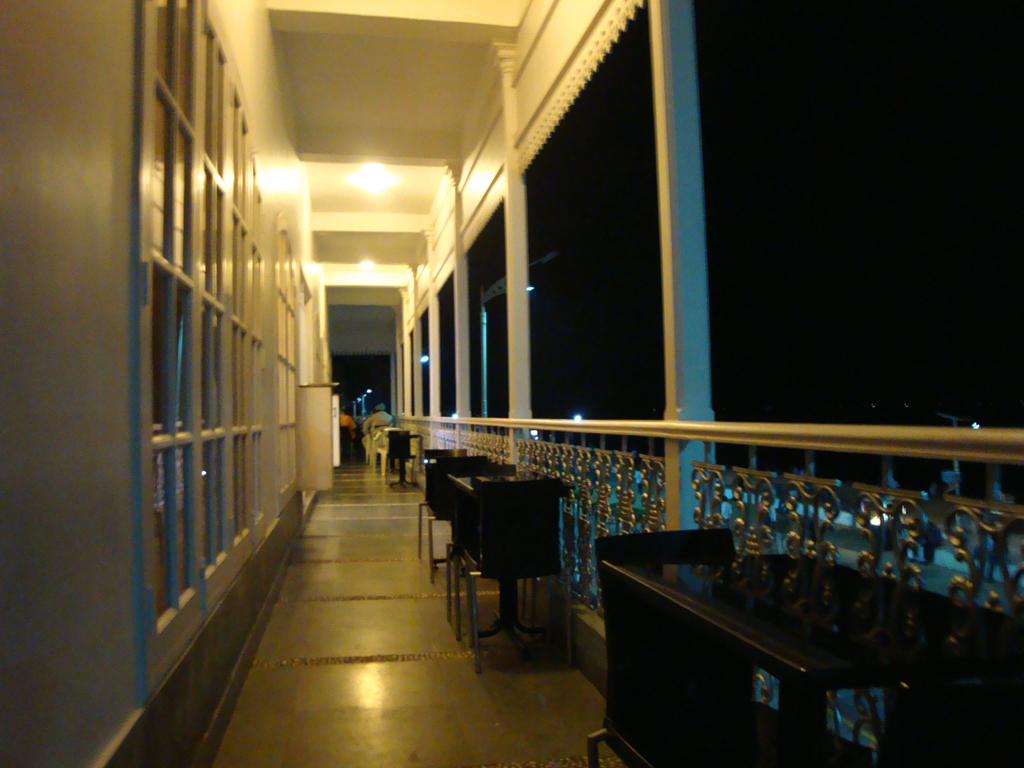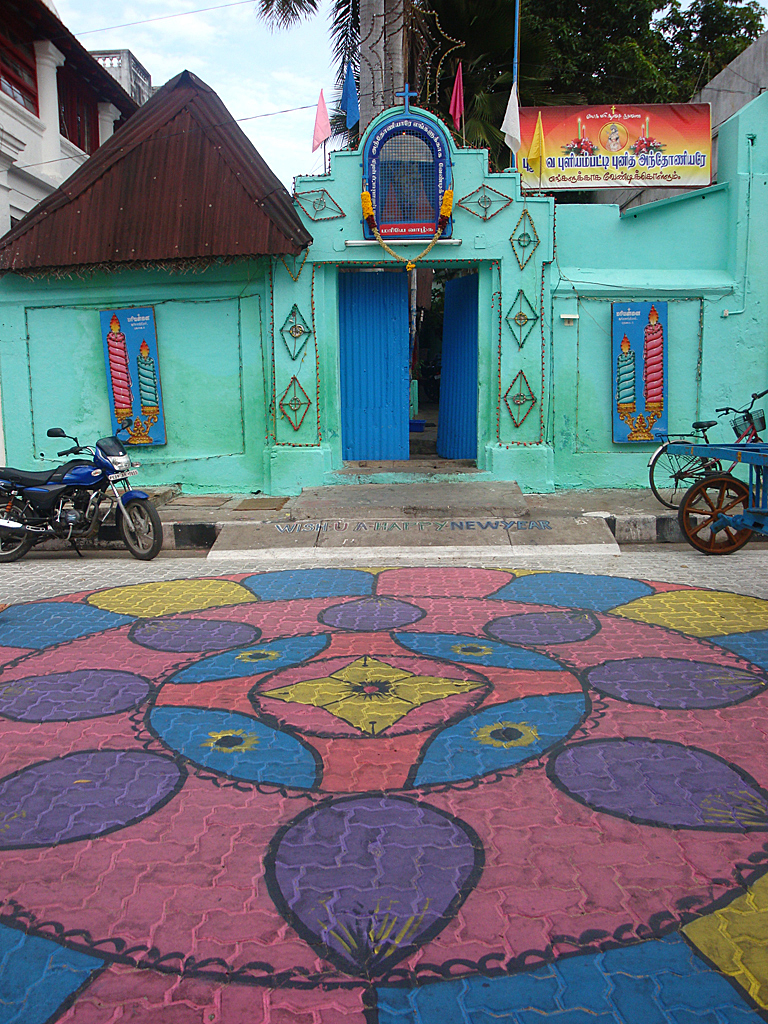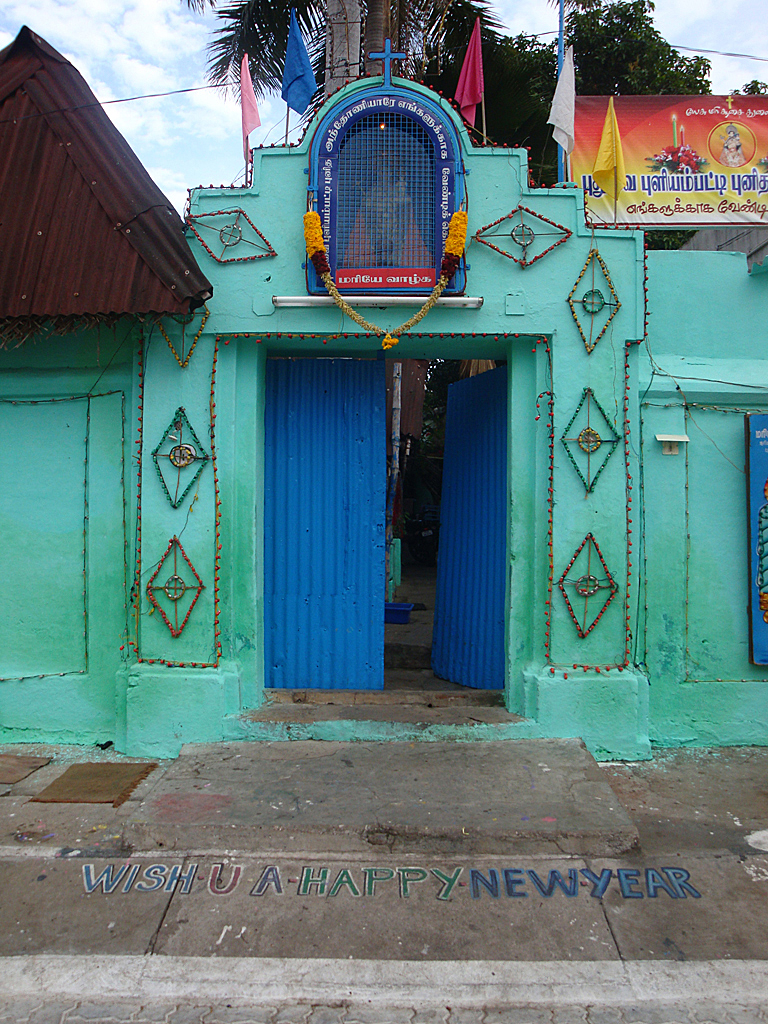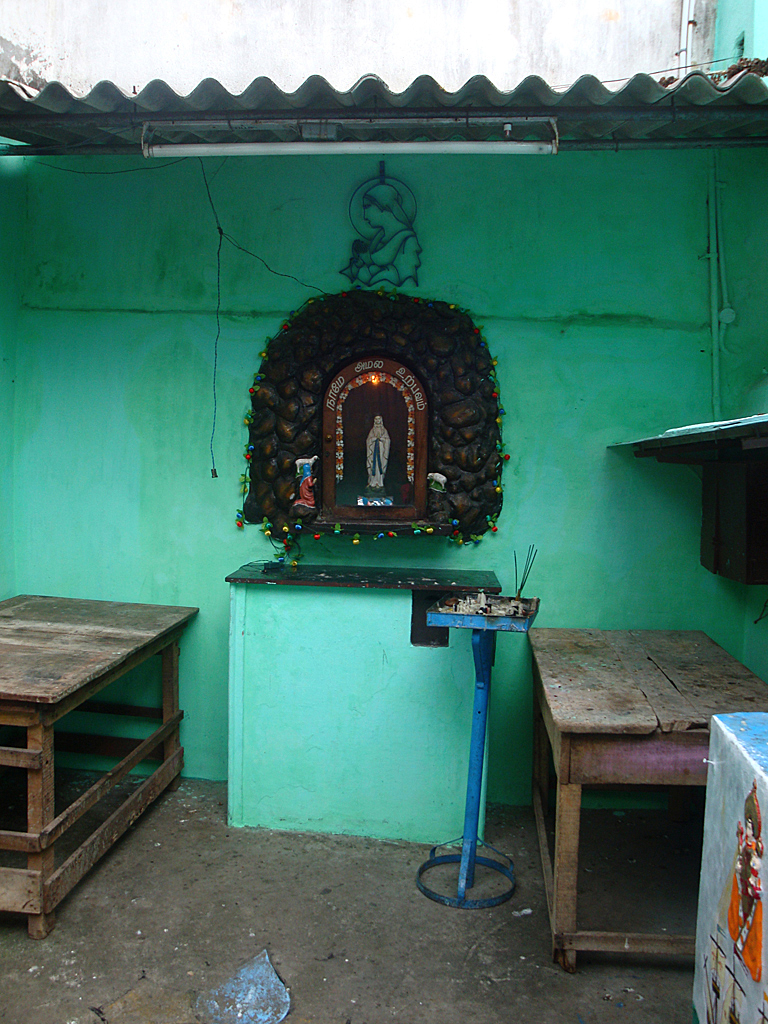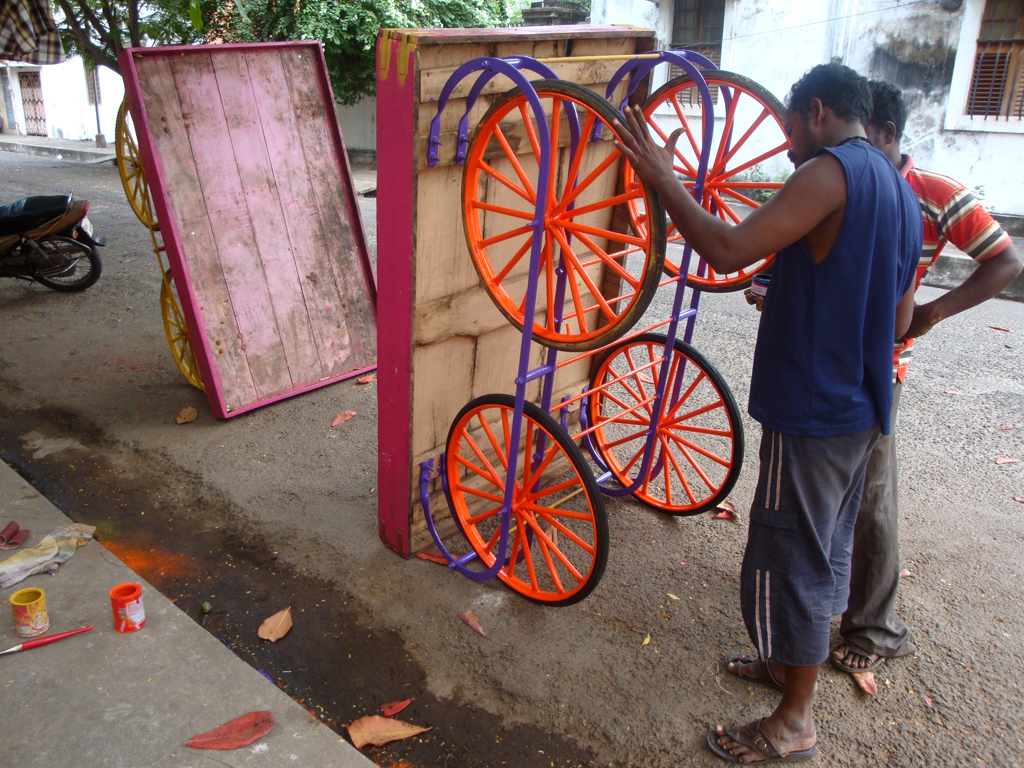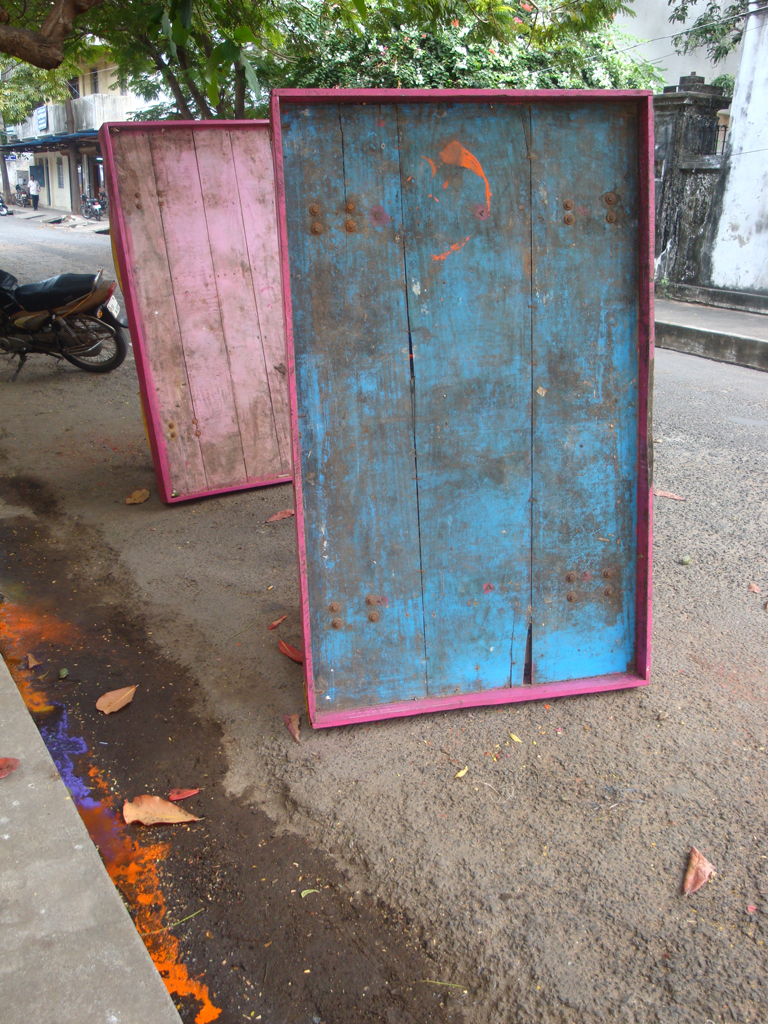Creating the Jugaad Dishwasher, The X-Way
The X-Way was a 2 day workshop sponsored by Nokia and Microsoft that focused on ideas, strategies and discussion around improving Mumbai city. Ben & Andrew moderated the workshop, keeping it challenging as twenty creatives and innovators came together with many, many city ideas.
The X-Way was a 2 day workshop sponsored by Nokia and Microsoft that focused on ideas, strategies and discussion around improving Mumbai city. Ben & Andrew moderated the workshop, keeping it challenging as twenty creatives and innovators came together with many, many city ideas.
One of the interesting exercises was listing things we love and hate about Mumbai. It was heartening to see that the 'love' pile was so much bigger despite Mumbai's numerous faults.
When discussing Mumbai's numerous problems, traffic cannot be ignored. Everything to do with traffic and way-finding is contextual. Signage is missing in a lot of places. When pedestrians give directions, the meaning may be different depending on the tone of their voice, how they stand, hand gestures and language. Honking has varied meanings depending on frequency, tones, loudness and the length of each honk. The city is a hotbed of large scale issues and topics of interest.
My team eventually looked at pavement ownership as a microcosm of health and sanitation. How could we encourage and create value in a public space such as pavement. We were in posh areas of Mumbai, and even here we found street hawkers taking ownership of pavements (in a good way) keeping them clean and ensuring their part of the pavement was maintained. Eventually we focussed even further and came up to a sugarcane vendor. Could we come up with something to help him wash the glasses in his stall while he was busy doing a million other things like making the juice, serving and cashing. A lot of times hygiene and proper washing was way down in his priorities while multi-tasking.
The final concept after two days of guerrilla research and quick prototyping was the 'jugaad dishwasher' - a mechanically automated machine that washed glasses saving the vendor time and effort as he ran a one-man operation. The washer connects to the juice machine itself so it doesn't need electricity to run. Soap is optional here since most vendors do not use soap. Overall the 'jugaad dishwasher' concept could also work for other street hawkers, juice vendors and with a few upgrades could even save time in someone's kitchen.
Check out some photos of the prototype we made. The video below has a few shots of us talking to sugarcane vendors.
The rotating juicer translates into the up and down movement of the simple washer, which repeatedly rinses the glasses. The trough can be easily refilled and cleaned and occupies minimal space.
Arduino Yun Workshop
The two day workshop by Ankit Daftery was a great way to dig deep into the possibilities of the Yun. As an interactive artist, I'm already aware of various options available. Trying them out was empowering and surprising. You can make complex interactions with just two to three days of effort [as a beginner], especially at an affordable price.
The two day workshop by Ankit Daftery was a great way to dig deep into the possibilities of the Yun. As an interactive artist, I'm already aware of various options available. Trying them out was empowering and surprising. You can make complex interactions with just two to three days of effort [as a beginner], especially at an affordable price.
This example converts two fruits into a drum kit, sort of a very basic version of the famous Makey Makey. Below is a short video of the test.
NID Talk
NID Talk Mobile UX - What it's like to design and create iOS and Android apps today.
It was a healthy turnout of about 45 students, still in their first years studying Interaction Design. Talking about my work from the past six years helped me look at it in a completely different perspective, basically the breadth of different types of projects I've done, and what interested me the most. It was titled 'Mobile UX - What it's like to design and create iOS and Android apps today.'
Students were full of questions, which is a great sign. Post talk discussions brought up several interesting topics, such as power dynamics between designers and engineers in the industry today. One thing I always stress is respect - engineers are the ones implementing your work so a healthy respect goes a long way especially in large companies and situations when engineers are part of a client team. Another thing that interaction designers should strive towards, and something I struggle with everyday, is keeping up to date with the latest tech so you can converse intelligently with the team.
One of the stories I like to tell at such talks. Check out the full article here.
NID Bangalore is a R&D hub for design in India. Image Source.
Ramkinkar Baij
However it was enlightening to see his growth as a brilliant artist and the extent to which his personal philosophies, politics and ideas were so deeply and honestly entrenched in his work and life. Baij clearly 'lived' his ideals, spending a lot of time with the Santhals who were a prominent topic within his work.
I recently visited NGMA, where they had an exhaustive collection of this artist's work. At first I was skeptical about what was clearly a collection of work from a long ago era of Indian art. Personally, I favor viewing more radical or contemporary works. However it was enlightening to see his growth as a brilliant artist and the extent to which his personal philosophies, politics and ideas were so deeply and honestly entrenched in his work and life. Baij clearly 'lived' his ideals, spending a lot of time with the Santhals who were a prominent topic within his work. His abstract sculptures were a pleasure and my favorites amongst his life's work. His sculptures of animals were brilliant and at times even humorous.
Dog by Ramkinkar Baij, Terracotta, 1950's. 38.5 by 29.5 by 22cm. Image Source: Delhi Art Gallery.
The Poet by Ramkinkar Baij. 1938. Image Source.
Other works worth noting are The Harvest 1957 (oil on canvas), Atomika 1969 (oil on canvas), and a sculpture portrait of Pramod Ganguly (Plaster of Paris).
Dayanita Singh
I am especially interested in her attempts to express her own visions of a place or city, opposing the singular story people usually expect about India, that of 'sensational catastrophes and human failures'
Phil mentioned Singh in connection to my work on Mumbai because of her series of photographs titled Dream Villa. Her landscape images of Mumbai resonate with the kind of video I'm using for my installation. I am especially interested in her attempts to express her own visions of a place or city, opposing the singular story people usually expect about India, that of 'sensational catastrophes and human failures' (Cotter, H. 2005). Dream Villa 11. 2008. Dayanita Singh [Image Source]
House of Love 2010. Dayanita Singh. [Image Source].
Reference: Cotter, H. 2005. Objects of Repose and Remembrance. New York Times. [online]. Available from: http://www.nytimes.com/2005/03/30/arts/design/30cott.html?ex=1172638800&en=840b508f152bce9e&ei=5070 Date Accessed: 21st July 2011.
Degen, N. 2008. Dayanita Singh. Frieze Magazine. [online]. Available from: http://www.frieze.com/shows/review/dayanita_singh/. Accessed: 21st July 2011.
Dayanita Singh: House of Love. La Lettre. [online]. Available from: http://lalettredelaphotographie.com/entries/dayanita-singh-house-of-love. Date Accessed: 7th August 2011.
Danger of a Single Story
This brilliant TED video by novelist Chimamanda Adichie articulates what I often have to say about Mumbai while here in UK. Namely, yes there is poverty and yes we have slums - but these are proud people who are more than just the anonymous poor.
This brilliant TED video by novelist Chimamanda Adichie articulates what I often have to say about Mumbai while here in UK. Namely, yes there is poverty and yes we have slums - but these are proud people who are more than just the anonymous poor. They don't want your useless pity. When I make art about Mumbai I often have to defend my work and my position to outsiders because it is not the typical vision of what people imagine Mumbai to be, which is terrible disparity and nothing else. She is also quick to point out however, that all of us have at one point or the other indulged in a 'single story.' Whats important is to be aware of it and avoid it as much as possible.
Old Library
Walking around Vishrambagwada became a clickathon, and I ended up in this ancient green library on the top floor.

See more posts on Pune.
Documentary: Bombay Railway
Bombay Railway is a two-part documentary by BBC 4 that paints a picture of an overcrowded train system pushed to its limit by 6 million commuters a day, full of people who strive towards their goals tirelessly, in the city of dreams that is Mumbai. I was a frequent traveller myself, so it was interesting to watch the documentary which is from the point of view of an observer rather than someone who has lived the experience. What we call "Crush" is the super rush hour that's also mentioned in the film, and the statistics and video footage is more frightening than actually travelling in the crowd. As an observer, the sight of 5000 or more people getting into trains meant for 1200 people within 30 seconds is a spectacle. As a participant it's an exciting, thrilling, and somewhat harrowing daily reality. The fact is that the local trains are cheap, charging about 1 penny a mile and the trains are always on time with a 97% efficiency, so despite the odds the system is dependable and vital to the normal functioning of Mumbai.
In the first part of the film, the stories about runaway kids living on Mumbai platforms sounds sunny and positive, giving the audience hope that things could turn out well for these children that have escaped abusive families. However describing a railway station as a "family" where you get to "be yourself" is overly optimistic and misleading. Most of these runaways end up being abused, drugged and treated badly. I have seen them being thrashed by cops or others on more than one occasion. Life for kids in such places is rarely a happy place.
Various other issues such as illegal hawking, crossing tracks, and the terrorist bombings are also mentioned. Below are a few screenshots from the film:
Elsewhere Places
Screenshots from the movie Mein Prem Ki Diwani Hoon, which takes place in a fantasy location called SundarNagar, which literally means beautiful-place. Bollywood directors frequently use scenes from Switzerland, Scotland and Mauritius to represent an elsewhere or ideal India.

Film Locations for Main Prem Ki Film Locations for Kuch Kuch Hota Hai Mohobbatein Locations DDLJ Locations No Entry Locations
Vegetable Sellers on the Train
All kinds of stuff gets sold on local Bombay trains, especially in the women's compartments: vegetables, fruits, safety pins, cell phone covers, earrings, rings, bangles, sarees, stationary, dress material, make-up, evening snacks, you name it. What caught my eye this time was the last of the vegetable stock being sold off late in the evening - past 9pm. Within a few minutes everything is gone, because almost every woman in the compartment has to go home and cook for the family.

Local Train Signage
Crudely painted stenciled signage from the relatively new Mumbai local trains. The 'Alarm' sign inside the compartment is pretty legible, but do the same in Marathi, and suddenly it is more difficult to read especially because it's partly scratched off.
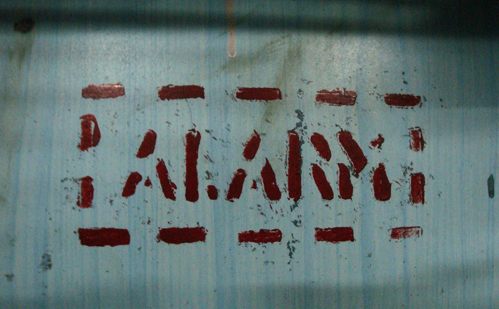
I can figure out the first and last word, it says apatkaleen (something) uplabdh. Then the arrow points to the footboard of the compartment door. A real puzzle, typical of the Indian government or should I say Railway authorities. I can guess it means 'In case of emergency (aapatkaleen) use this (uplabdh)' then the arrow pointing to the footboard. God only knows what it's supposed to point to.
It's an excellent example of the typical contradictions you face everyday in Bombay. The new trains have this cool new speaker system which announces the nearest station in three languages, and at the same time the emergency help services and signage are at this level.
Stray Factory
Check out the logo I've designed for Stray Factory. They're an entertainment collective, who're into a lot of awesome projects, a majority of which are contemporary theater experiments in Chennai.

Want to see more? Check out this poster for a play called Dystopia
Update: Stray Factory and Indiblogger are hosting The Great Indian Blogologues to take blogs onto the theater stage for the first time ever. Any post of yours, be it a rant or a rave will be converted into a performance if you win! > Stray Factory is also in the press here.
Electronic Junk
Discarded adapters, fans, speakers, telephones, calculators and a toy robot: all lying on the same sheet of tarpaulin. This random stuff is sold at Sunday Market near Nehru Street. If you really look you can find some awesome stuff here.

I can spot a microwave, DVD player, mixer, boombox, and lots more:


